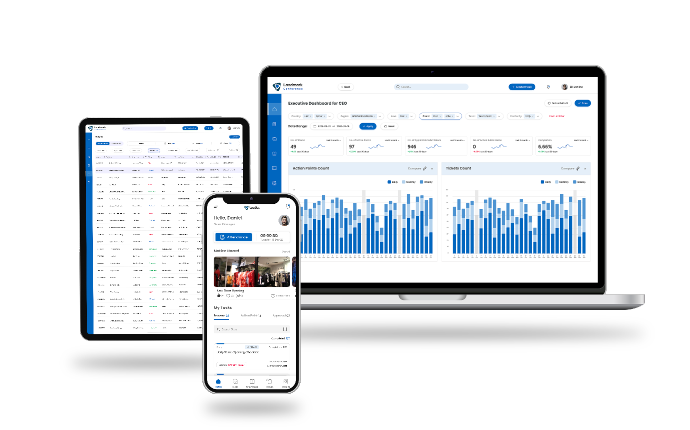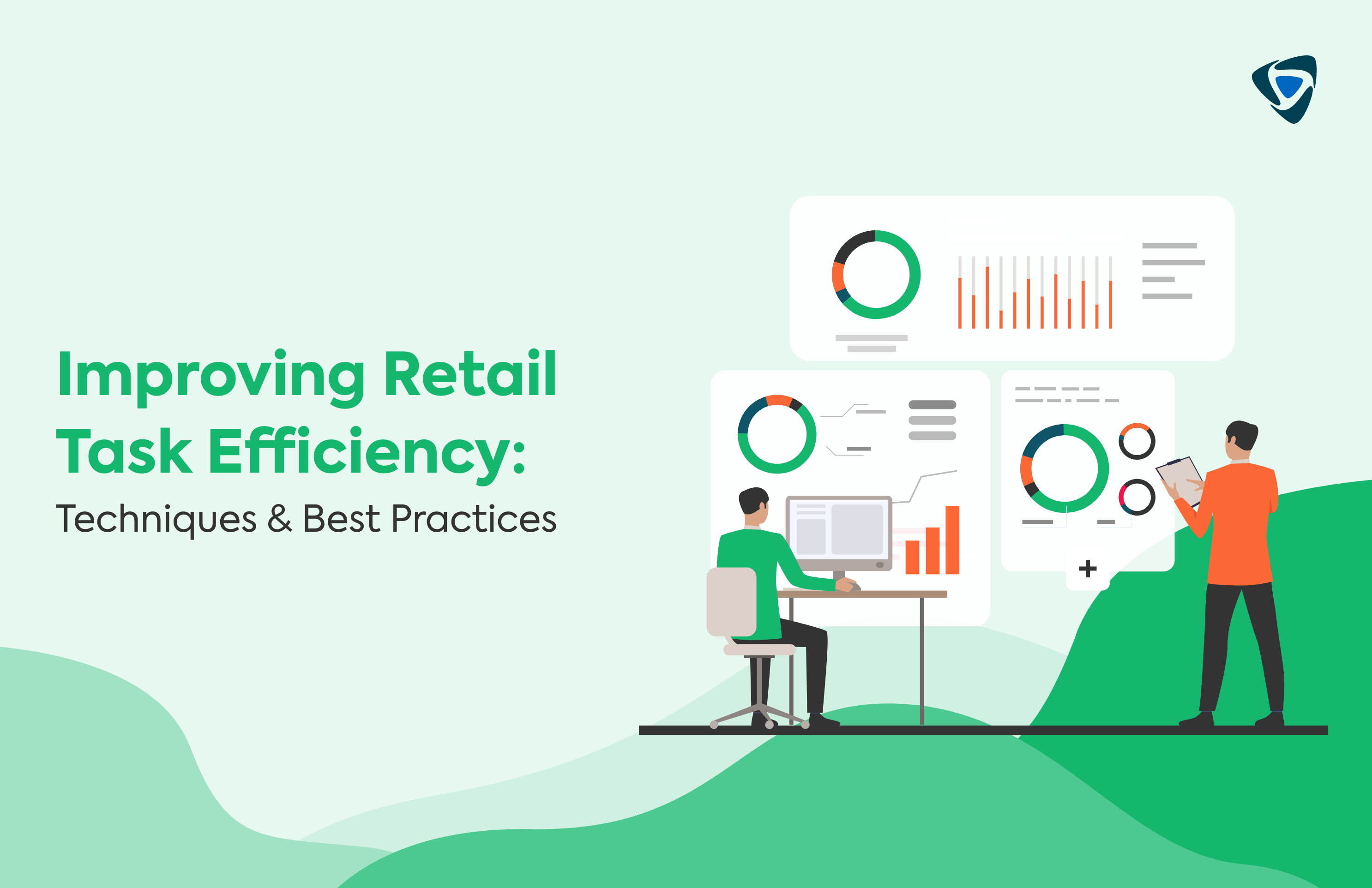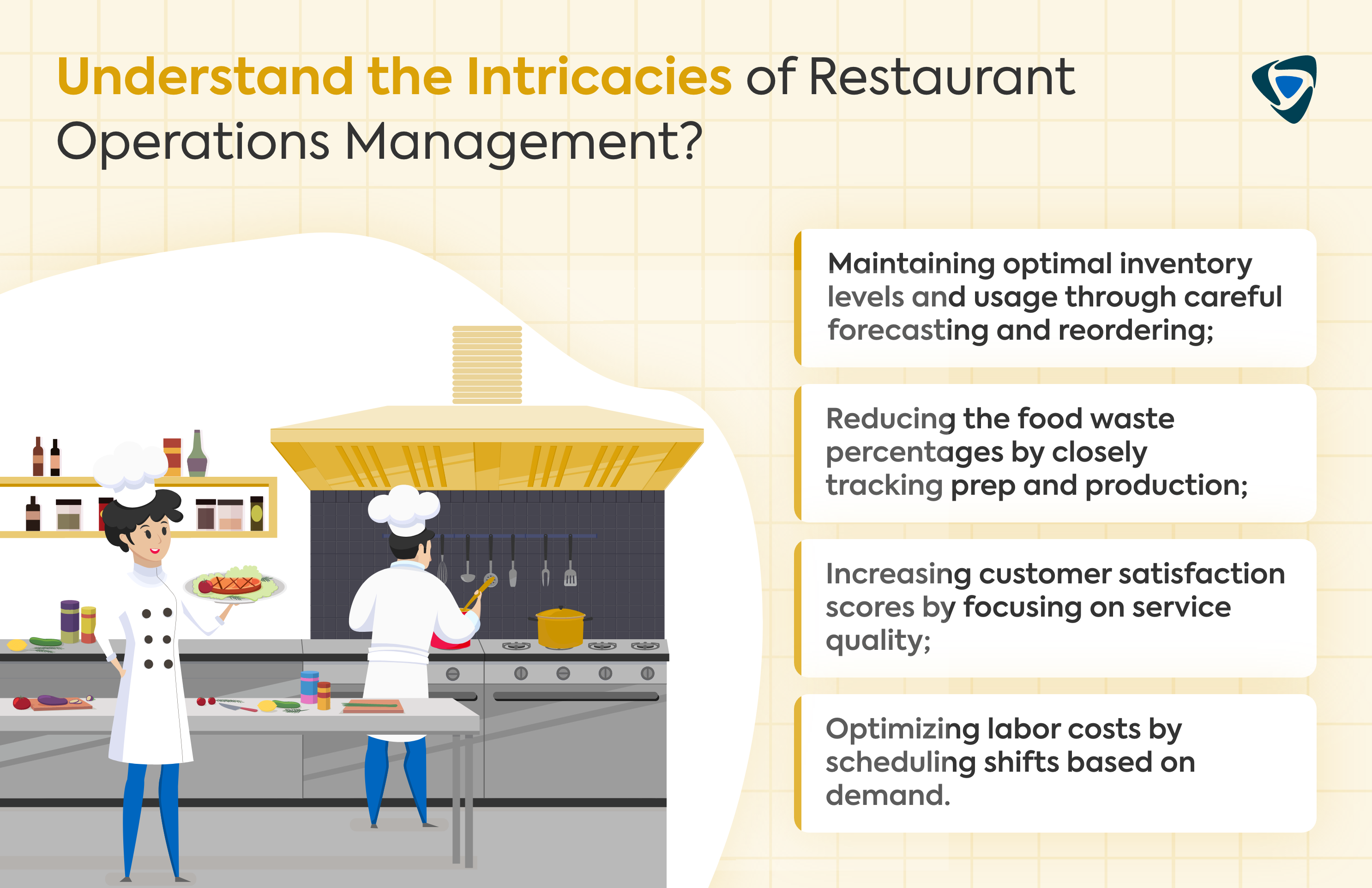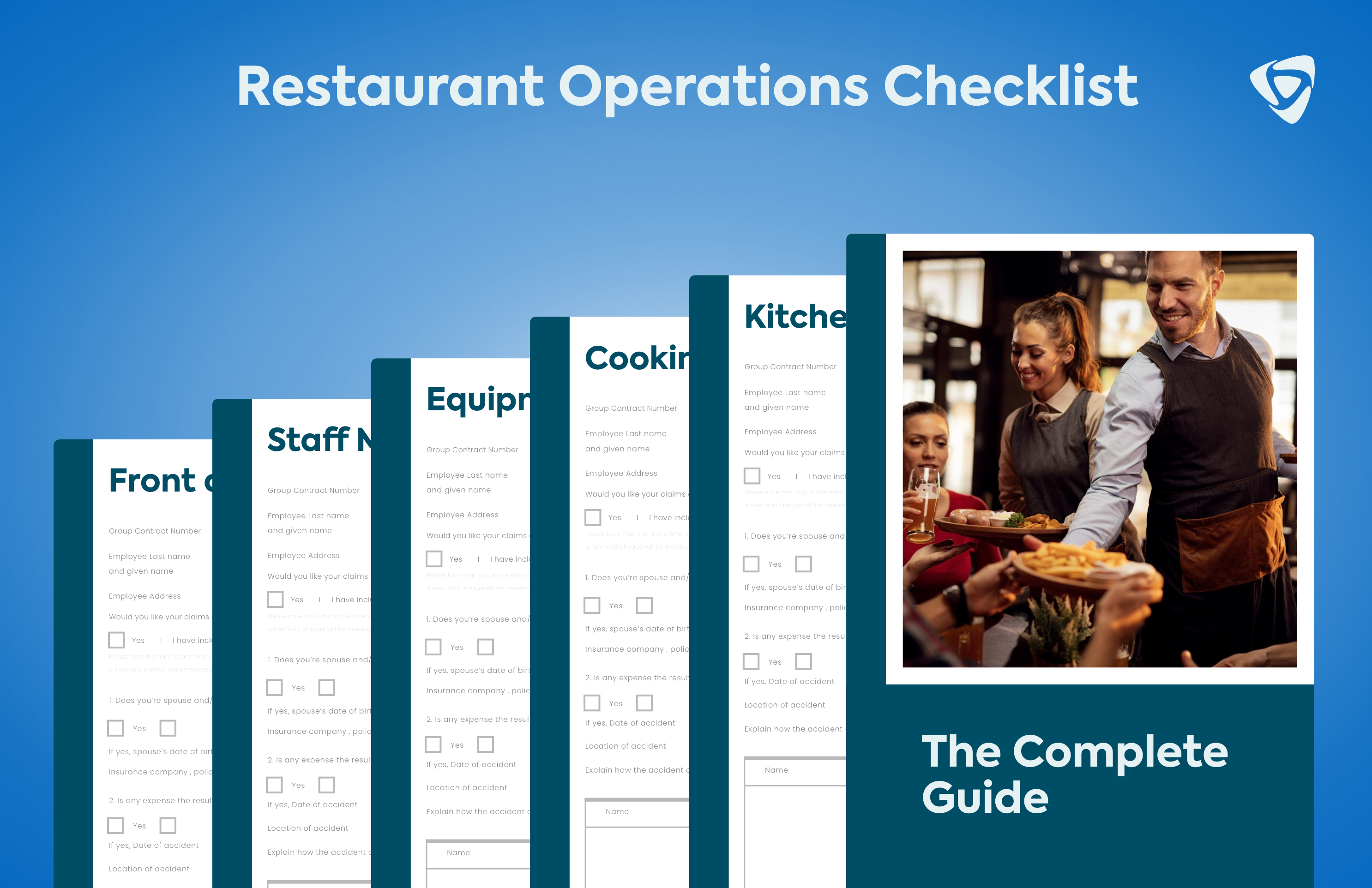Guide
Yoobic Alternatives: Finding a Better Workforce Management Tool
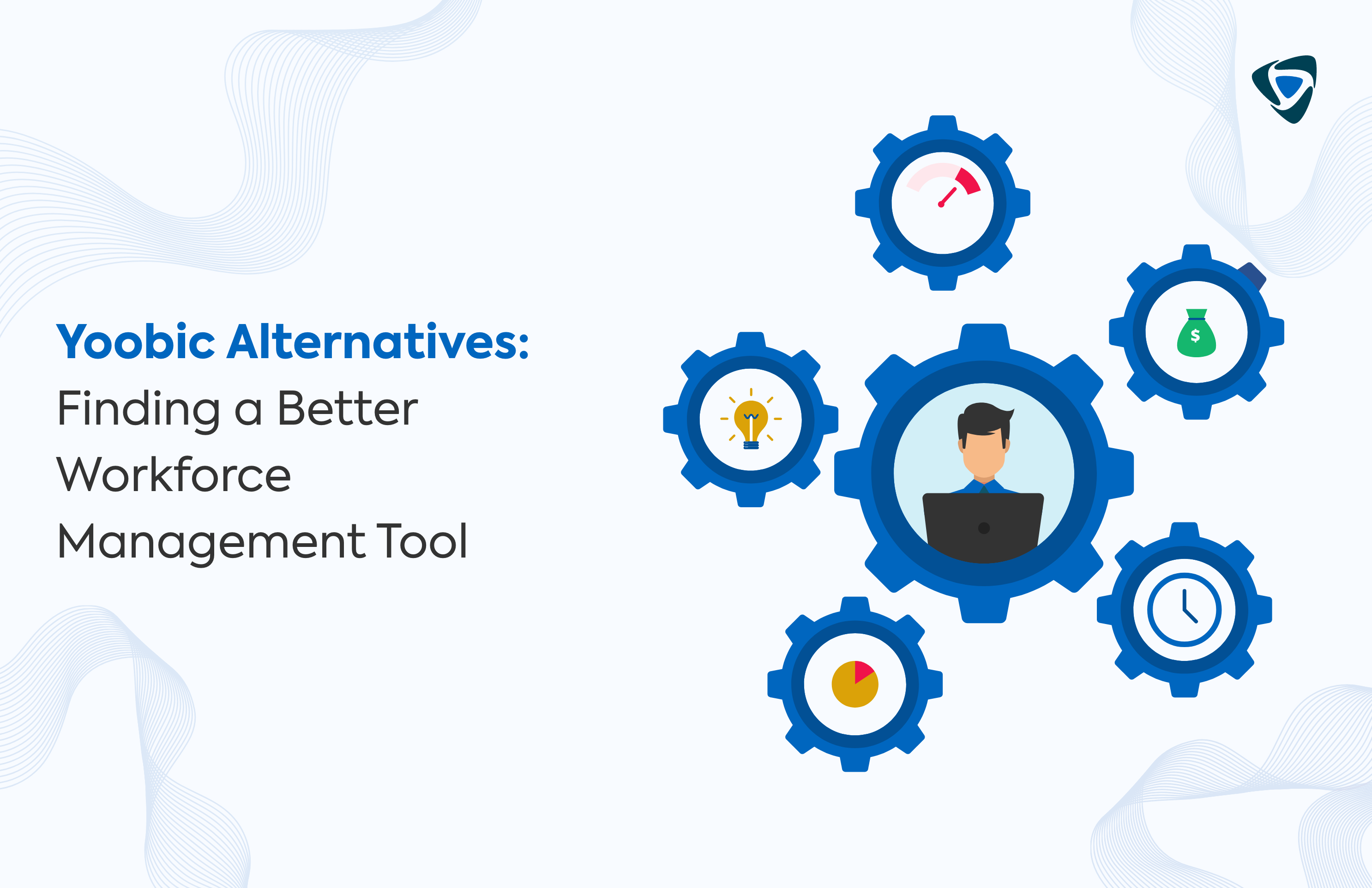
Do you want a YOOBIC alternative that can help simplify the communication process, promote microlearning, and enhance task management for your frontline employees? YOOBIC alternatives are worth considering if you are looking for a world-class digital workplace and task management platform to improve the daily lives of deskless workers.
YOOBIC is a digitalized platform used across retail, hospitality, and manufacturing industries to manage their frontline employees. Now, it solves the common problems of disconnection from headquarters and reliance on paper forms, as well as problems associated with infrequent training sessions and seamless communication.
However, what if there are YOOBIC alternatives that offer better features at more affordable rates. Let’s discuss several YOOBIC alternatives for workforce management and give you an overview of how to choose a proper frontline team’s digital infrastructure.
What is a Workforce Management Tool?
A workforce management tool is a software solution that aims at simplifying the process of managing employees, especially in sectors where there are frontline or deskless workers. The workforce management tools generally provide functions such as scheduling, time tracking, communication, and task assignment, which can be used for performance management.
Consequently, workforce management tools centralize these functions into one platform to enable businesses to utilize their resources while increasing efficiency and employee satisfaction maximally.
They give real-time insight into the workforce data, allowing managers to make decisions based on facts and adjust according to new needs. In general, workforce management tools enable organizations to organize and help their employees efficiently, resulting in increased productivity and profitability.
Key Features to Consider in Workforce Management Software
Effective workforce management software is indispensable as it offers a variety of features aimed at improving employee engagement, operational efficiency, and business performance. Several key features should be prioritized when evaluating alternatives to YOOBIC or similar platforms.
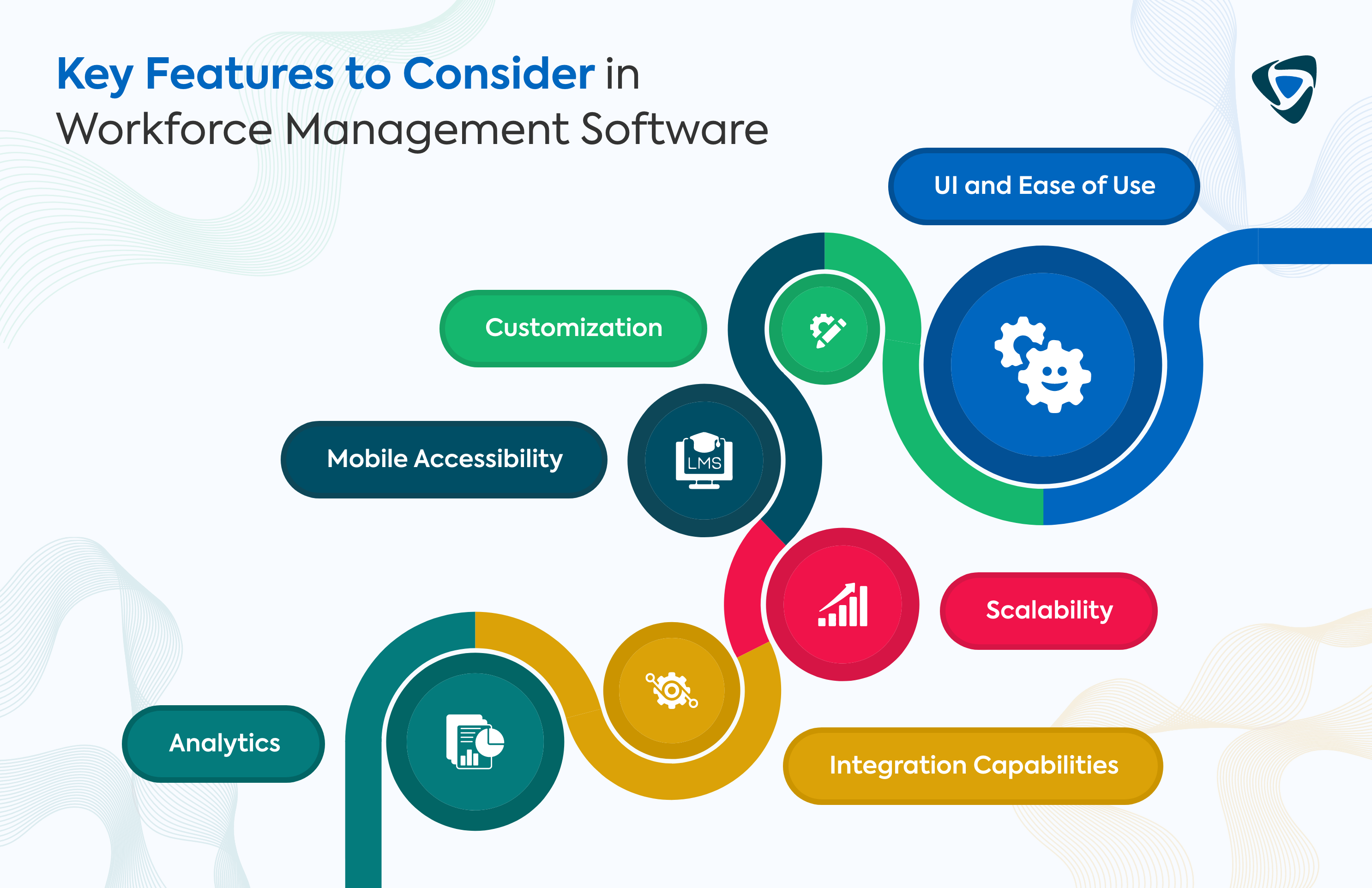
-
UI and Ease of Use
An easy-to-use interface is critical in ensuring that the workforce management tool will be widely accepted and used efficiently. Look for intuitive design and navigation that require little training so employees can efficiently use it.
-
Customization
Customization of the tool provides freedom to set up business processes and workflows for their highest effectiveness. Look for customization features that enable configuration of settings, forms and reports according to the peculiarities of your organization.
-
Mobile Accessibility
Mobile accessibility is non-negotiable as the world is becoming more digitalized. Make sure that the workforce management tool has strong mobile capabilities; employees should be able to access schedules, request vacations, and communicate with each other while being on the go.
-
Scalability
Your workforce management solution should also grow with your business. Select a tool that is easily scalable to accommodate rising numbers of employees, branches and operational complexity while maintaining high performance or usability.
-
Integration Capabilities
The seamless integration with other vital business systems like HRIS, payroll, and CRM is indispensable to efficiency enhancement and data integrity. Focus on workforce management tools that allow for easy integration and support the most common third-party apps.
-
Analytics
The capability of comprehensive analytics and reporting allows for the gathering of crucial information on workforce productivity, compliance issues as well as performance trends. Seek tools that provide advanced analytics functionalities, including customizable dashboards, predictive analysis and real-time reporting to promote data-driven decision-making as well as continuous improvement initiatives.
Top Alternatives to YOOBIC
When exploring alternatives to YOOBIC for workforce management, consider these top six options:
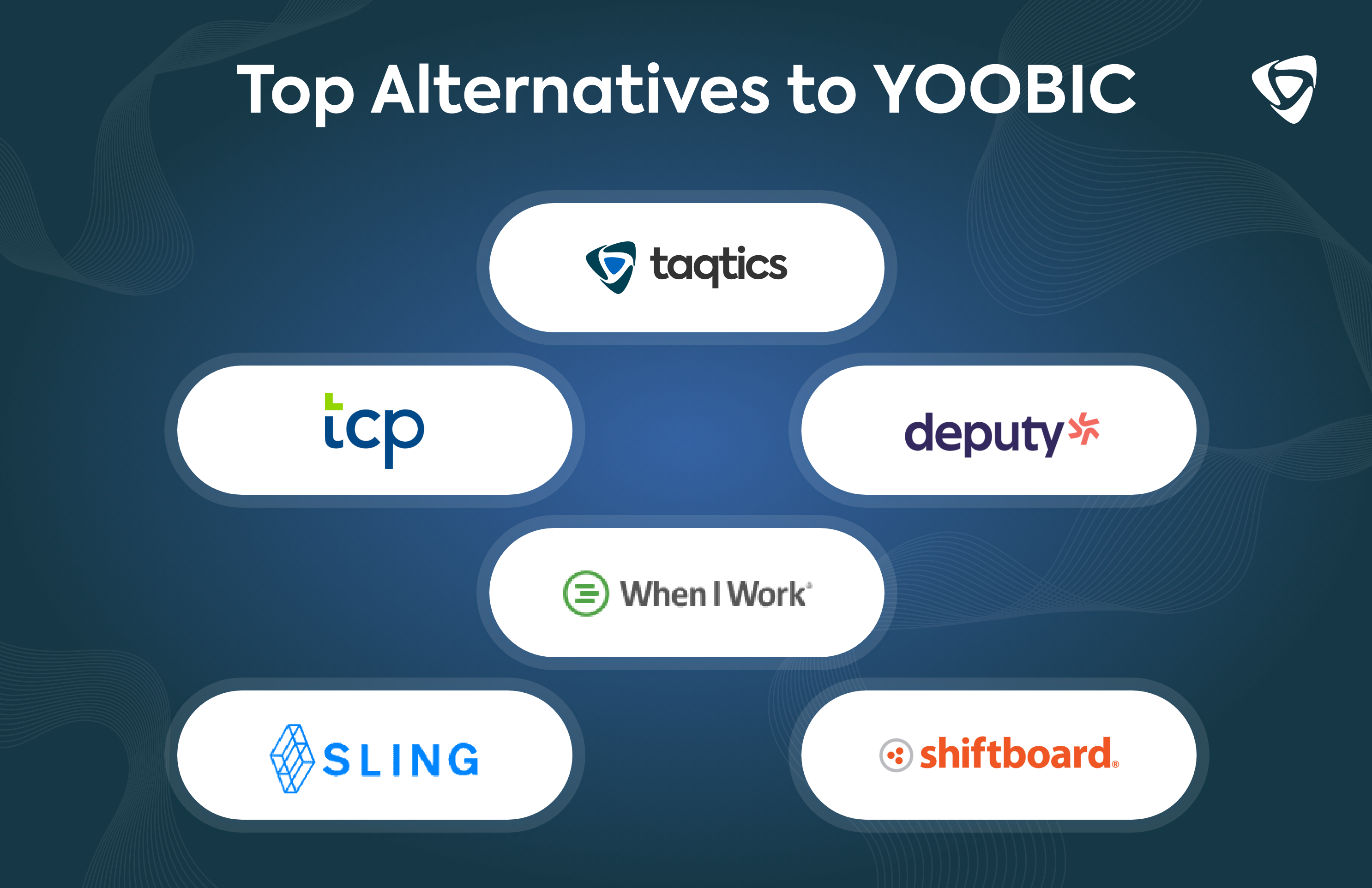
Taqtics
Taqtics is one of the emerging companies offering an entire suite of software to make retail, restaurant, and operation easier. Taqtics’ task management system is a unified platform that digitizes tasks, processes, and workflows so your team know what to do, when to do it, and how to do a particular task. Companies can strategically streamline and automate the creation and assigning of the action plan to a department for its completion. The platform features scalable properties and offers real-time insights to make strategic decisions.
Key Features
The platform offers a simple to digitize, compile, and schedule daily checklists without requiring to take a follow-up manually. The scheduler, geo-fencing, and mandatory photo upload features ensure consistency during execution.
The platform expedites the store audit and inspection process with auto-generated reports, reducing the time spent on report generation and submission.
The platform streamlines the data collection process and provides real-time actionable insights through interactive dashboards.
Pros and Cons
- Pros: The platform is easy to implement and manageable as compared to others, all thanks to its navigable and user-friendly interface. The action points are automatically created based on the checklist response, simplifying operation. The digitization of statements of purpose (SOPs) boosts operational efficiency, reduces errors, and ensures consistency across different outlets.
- Cons: The interactive dashboard, workflow management, and data analysis can be improved. Also, customizing the platform as per the brand’s operation takes time.
Pricing
You can learn about the platform’s pricing by requesting a quote on the company’s website.
Deputy
Deputy is a workforce management software that makes scheduling, time tracking and employee relations processes smoother for businesses regardless of their size. Deputy’s taskforce management platform provides extensive functionality for big organization’s staff scheduling, shift swaps and payroll integration.
Key Features
The Deputy provides a simple but intuitive interface as well as available customizable scheduling features to the user, allowing them to manage complex workforce needs effectively. It further offers mobility for both employees and travel managers.
Pros and Cons
- Pros: Deputy is liked and appreciated by the users as they excel in their domain of enhancing efficiency. They integrate with many payroll and HR systems, so people value this as well.
- Cons: There are the occasional glitches and inconsistencies in mobile app usage, which some users mention. Response times of client support also can differ.
Pricing
Deputy provides subscription packages beginning at AUD $25 per user/month, with additional charges for advanced features and integrations.
When I Work
When I Work is one of the most popular workforce management solutions which is known for its user-friendly interface and the options it offers. When I Work features touch upon the management of scheduling time and team communication.
Key Features
The drag-and-drop scheduling interface and self-service functionalities of When I Work eliminate the unnecessary complexities involved in workforce management. It also offers heavy mobile apps for both iOS and Android platforms.
Pros and Cons
- Pros: The design of When I Work has features that make it easy to use, as well as the fact that its customer service staff attend promptly. The low cost and scalability of the platform are also a convenient factor to mention.
- Cons: Customization options and reporting capabilities are limited when compared to more complex solutions, according to some end users’ reviews.
Pricing
When I Work provides subscription packages beginning at $2.5 per user monthly and extra fees applying to premium features and add-ons.
Shiftboard
Shiftboard is a workforce scheduling and communication platform that is ideal for industries with complicated needs or mission-critical needs. The Shiftboard platform is perfect for different industries, starting from manufacturing to healthcare and call centers.
Key Features
Shiftboard’s advanced scheduling algorithms and compliance tools assist businesses in controlling labour costs as well as becoming compliant. It also provides strong communication functions such as shift notifications and messages.
Pros and Cons
- Pros: Users highly commend Shiftboard for its reliable scheduling powers and flexible workflows. The large volume of scheduling data that the platform can easily handle is also highly praised.
- Cons: The interface of Shiftboard is considered less intuitive in comparison with other solutions; thus, it takes more time for the users to learn and operate.
Pricing
Shiftboard offers pricing that is tailored to the number of users plus specific feature requirements, enterprise level plans are also issued for bigger organizations.
Humanity
Humanity is a workforce management system that centres on staff mounting, time tracking and all these associated with worker cost maximization. It serves sectors like retail, healthcare and hospitality, to name a few.
Key Features
The AI-powered scheduling engine developed for Humanity assists businesses in generating optimized schedules, adaptive time limits depending on the deployed worker pools and their availability as well as compliance with labour laws. It also has integrations with leading payroll and HR providers.
Pros and Cons
- Pros: Users enjoy the employee scheduling simplicity and automation capabilities promoted by Humanity. The platform’s reports and analytics are easily customizable, which makes them a good source of workforce performance information.
- Cons: The mobile application, in particular, invites occasional functionality or performance-related bugs from some of the users. Third-party integration might necessitate further set-up and configuration.
Pricing
The humanity interface provides plans from $3.5 per user per month, with more for premium features and integrations.
Sling
Sling is a workforce management platform which serves as a mechanism to enable people, both large and small businesses, time tracking and scheduling for personnel’s work through automation and support communication across the networks.
Key Features
Both intuitive planning interfaces and intelligent recommendations of Sling allow companies to develop optimal working schedules that take into account employee availability but are fair. It also has communication tools embedded in it, as well as task management functions.
Pros and Cons
- Pros: Users applaud Sling for the convenience it offers as compared to others. The ability of the stated platform to cope effectively with various scheduling requirements ranging from shift rotations and multi-location is highly commended.
- Cons: One of the cons that some users could notice with Sling reporting features is a lack of advanced insight. Smaller businesses are also known to get a delayed reaction from customer support.
Pricing
Sling has subscriptions at $2/user per month with fees for premium features and add-ons after that.
Understanding the Impact of Workforce Management Systems on Improving Operational Efficiency
Shiftboard’s cloud-based scheduling software enables the leading film festival – The Seattle International Film Festival (SIFF), a famous member of North America’s Top Festivals, to manage its 25-day annual event. SIFF currently has over 600 screening events hosted in a dozen different venues which makes it imperative for them to have something like Shiftboard that will make the coordination of its more than 4500 positions.
Shiftboard revolutionized SIFF’s scheduling process, enabling easy 24-hour online scheduling for volunteers and paid workers. By providing powerful reporting features and round-the-clock schedule access, Shiftboard streamlines operations, reduces scheduling errors by 85%, and enhances communication among team members.
How to Choose the Right Workforce Management Tool for Your Business?
Choosing the right workforce management tool is essential to maximize your investment and ensure growth in productivity and operational efficiency. Let’s understand the different factors to keep in mind while choosing the platform.
Evaluate your business needs and demands.
Before choosing a workforce management tool, consider the size of your business, industry-specific requirements, and budget. Think about the number of workers, scheduling complexity, and integration with existing IT infrastructure.
Research and Compare Options
Explore various workforce management tools that are available in the market and compare their features, prices as well as customer reviews. Compare the tools with your business needs and standards within the industry.
Request Demos and Free Trials
Demonstrations and free trials from shortlisted vendors should be asked to get a practical feel of the tools. Take this chance to assess the user interface, usability and compatibility.
Consider Scalability and Flexibility
Select a workforce management tool that can be scaled with the business as it grows. Make sure the device offers scope for flexibility, giving way to different needs of businesses and regulations in various industries.
Pilot Program Implementation
Staging a pilot program and scheduling the test with chosen members or certain departments may reflect how to include workforce management tool functions under real circumstances. Obtain feedback from the participants as to any perceived challenges and opportunities for refinement.
Assess ROI.
Find the ROI for each workforce management tool based on labor, wages saved and gains in productivity coupled with reductions of administrative overhead. Select the tool that provides a maximum ROI for your company.
Finalize Implementation Plan
After choosing the right workforce management tool, then finalize the implementation plan, which must include employee training, data migration and support. Develop strong communication lines with stakeholders for the implementation to drive organizational buy-in and increase potential.
Keeping in mind these factors will help you choose the right platform and prevent making impulsive decisions that are not correct all the time. Researching different platforms will take time; however, the process will be worthwhile because you’ll have selected the right platform that aligns with your business needs and objectives.
Wrapping up,
There are plenty of viable options available in the market, even though YOOBIC has a rich feature set for workforce management. In this sense, businesses must determine their demands when choosing a workforce management tool accurately. With a focus on aspects such as scalability, customizability, and integration aptness, organizations can determine the suitable solution that meets their objectives. Eventually, the right tool selection can dramatically improve operational performance and employee satisfaction.
 Schedule A Demo
Schedule A Demo 


